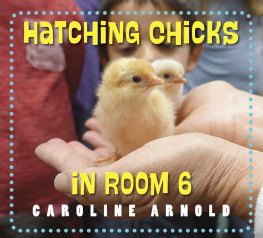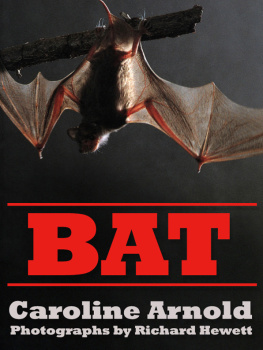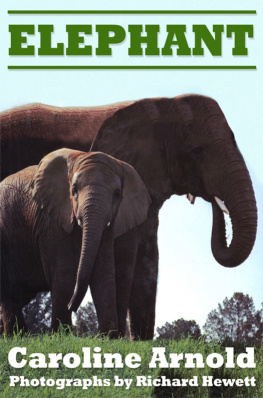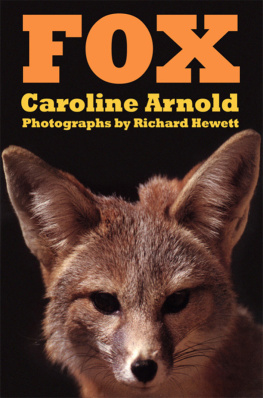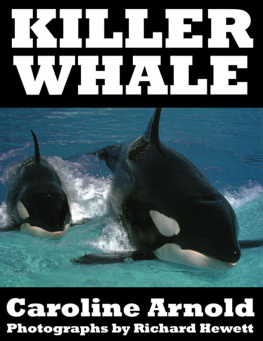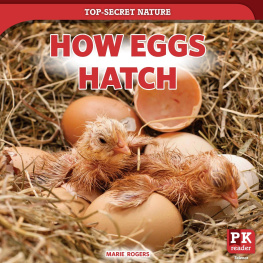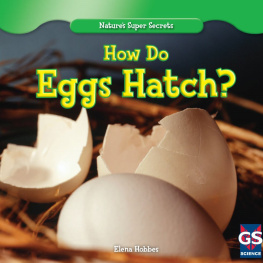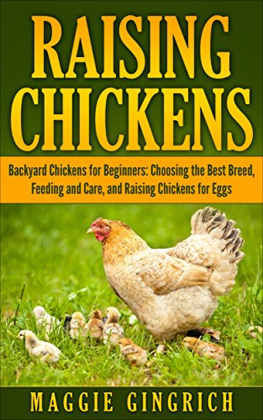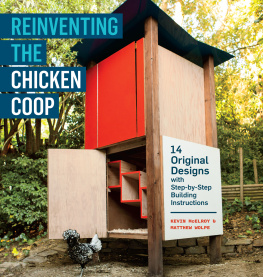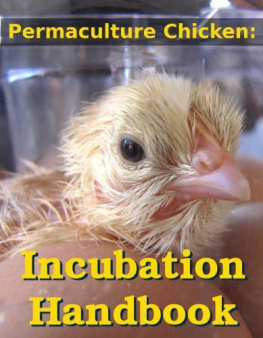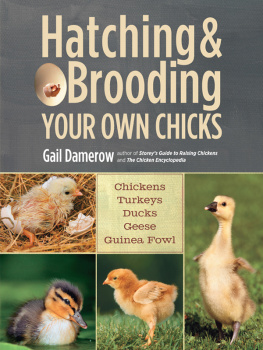
H
a
t
c
h
i
n
g
C
h
i
c
k
s
i
n
R
o
o
m
C A R O L I N E A R N O L D
WRITTEN AND PHOTOGRAPHED BY

Mrs. Best keeps chickens in her backyard.
Every day the hens lay eggs. Every day Mrs.
Best collects the eggs for her family to eat.
But today Mrs. Best is bringing the eggs
to school.
Many chicken eggs
are white. Eggshells can
also be brown, green, blue, or
speckled. The color depends
on the type of chicken.

Mrs. Best is a teacher. The children in her
class are learning about chicks and how
they grow from eggs.
A hen lays her eggs in a nest. If she sits
on them for twenty-one days, the eggs
hatch into chicks.
A hen keeps her
eggs warm and moist
and turns them with her
feet and beak.
An eggshell protects the
growing chick inside.

The children put the eggs in an incubator.
They look through the plastic cover and
watch the eggs move on the turning rack.
Water drips into the
incubator and
makes the air moist.
This keeps the lining
inside the eggs from
drying out.
A heater
keeps the
air warm.
A motor
moves the
rack. This
turns the eggs
and keeps the growing
chicks from getting stuck
on one side of the shell.

The eggs went into the incubator on Day
They will hatch on Day While the children
wait for the eggs to hatch, they count the
days and learn about chickens and eggs.
A chickens life cycle begins with a fertile
egg. You need a hen and rooster to make
a fertile egg. A hen is a female chicken.
A rooster is a male chicken.
A chick starts growing when the egg goes
into the incubator. Each day the chick grows
a lile bigger.
The skin on top of a
chickens head is called a
comb. The flap of skin under
the chin is a wattle. Roosters
have bigger combs and wattles
than hens do.
hen
rooster

A thin skin called the
membrane holds the
egg white together.
At the large end
of the egg, there
is an air sac
between the
membrane and
the shell.
The clear part of an
egg is called the egg
white, or albumen. It
cushions the embryo.
The yellow part of
an egg is the yolk.
The yolk of a fertile
egg has a small,
white circle that
looks like a bulls-
eye. In an incubated
egg, it will grow into
a chick. A chick
growing inside the
shell is called an
embryo. The yolk is
food for the embryo.
On Day Mrs. Best takes an egg out of
the incubator and puts it on top of a bright
light. Then she turns o the lights in the
room to make it dark. A shadow shows the
shape of the chick inside the shell. Thin red
lines show blood vessels that are bringing
food from the yolk to the chick.
By the time the chick is done growing,
it will ll the whole shell except for the air
sac at the end.
Shining a light
through an egg is
called candling.
The dark part is
the shadow of
the chicks body.

On Day Mrs. Best shuts o the motor
that turns the eggs in the incubator. Now
the eggs must stay still. The chicks inside
the eggs are almost done growing.
On Day the chicks poke a hole into
the air sac inside their shells. They breathe
air for the rst time.
Peep, peep, they call.
The children listen carefully. They can
hear the chicks calling.
Just one more day until they hatch!
The chicks turn inside
their shells to face up
as they hatch.

Day Hatching day!
In the morning the children see small
holes in some of the eggs. Soon other eggs
have holes, too. Each chick has a sharp knob
called an egg tooth on the top of its beak.
The chick taps it against the shell to make
the rst hole, called a pip.
An eggshell is strong. It is hard to break
open. The chick rests a while aer pipping.
Then it starts to tap again.
Most chicks hatch twelve
to eighteen hours after
they pip, but the time for
some is longer or shorter.
The chick slowly pecks a circle
around the inside of its shell.
Little by little, the shell begins
to crack. It is like unzipping
a zipper.
pip

The chick is curled up like a ball inside its
shell. It lies on its back and pushes with its
head and feet. Finally, many hours aer
pipping, the chick pushes one more time
and the shell pops open.
The chick has hatched!

One by one, the eggs hatch. Some chicks

